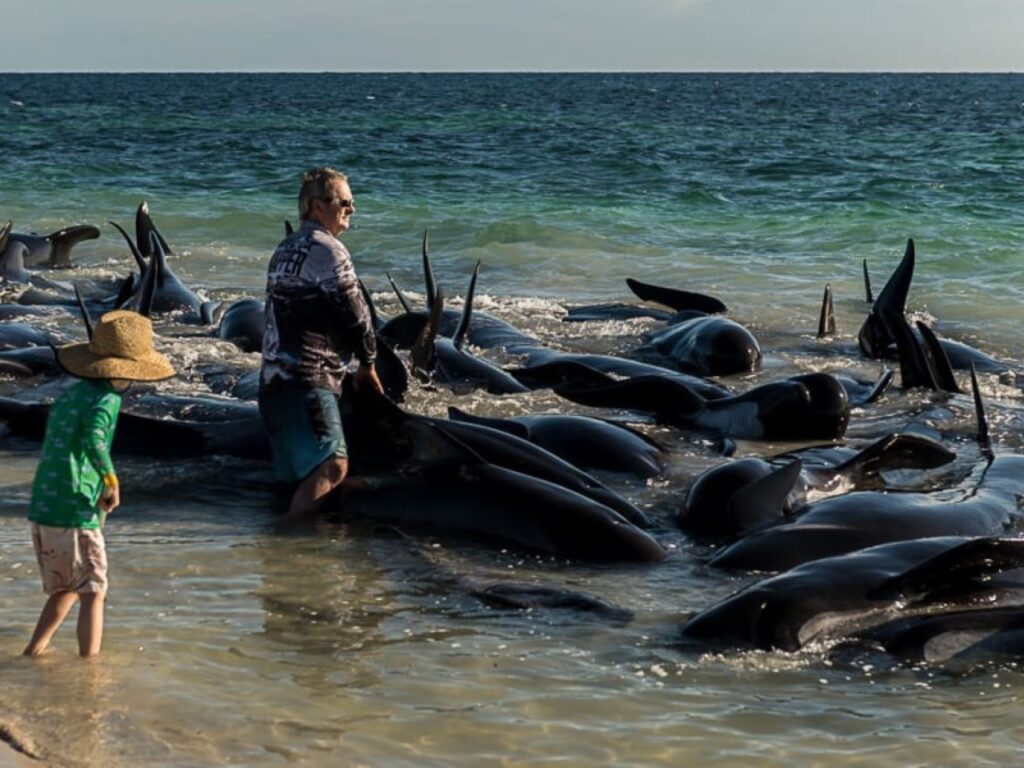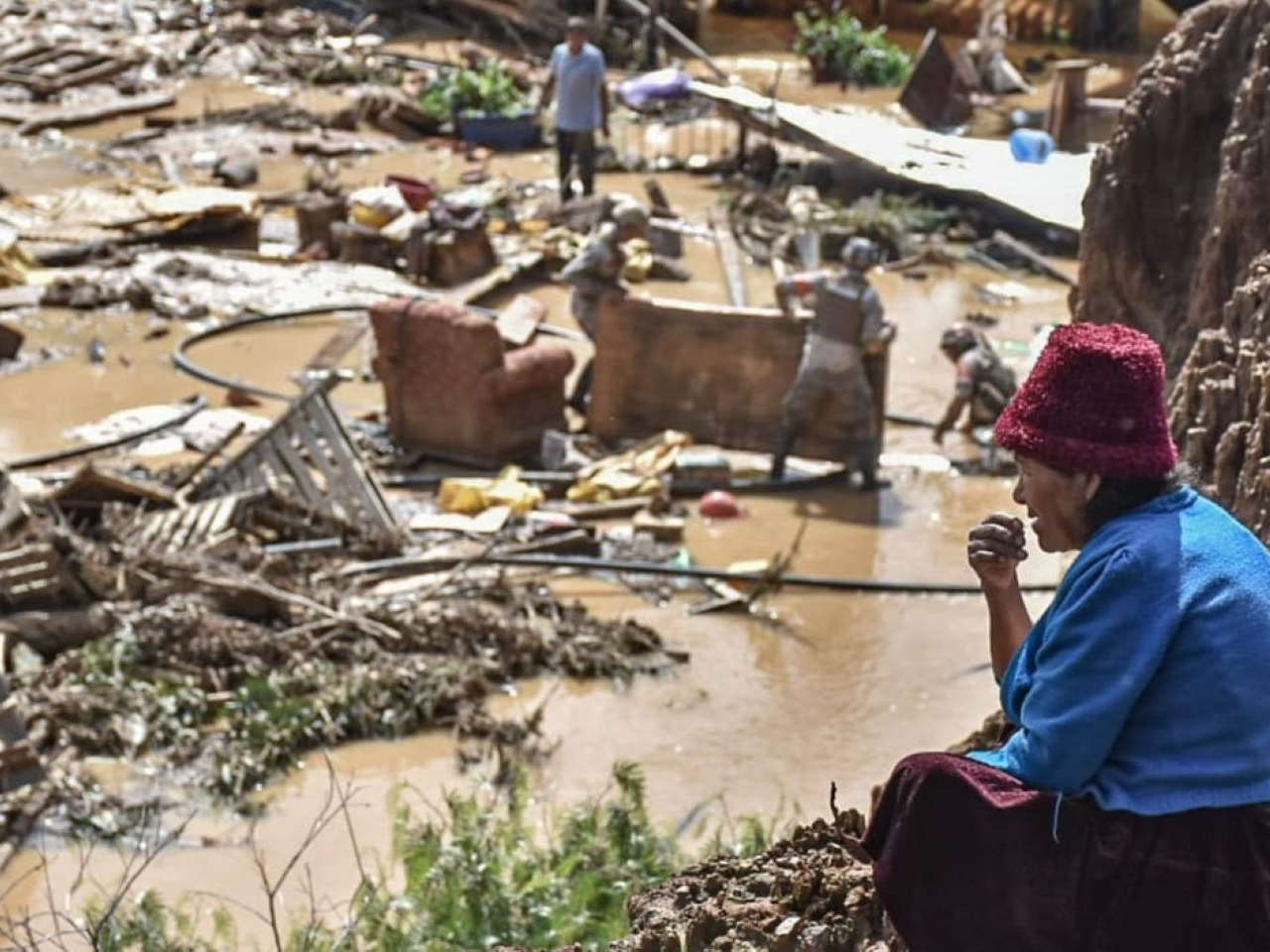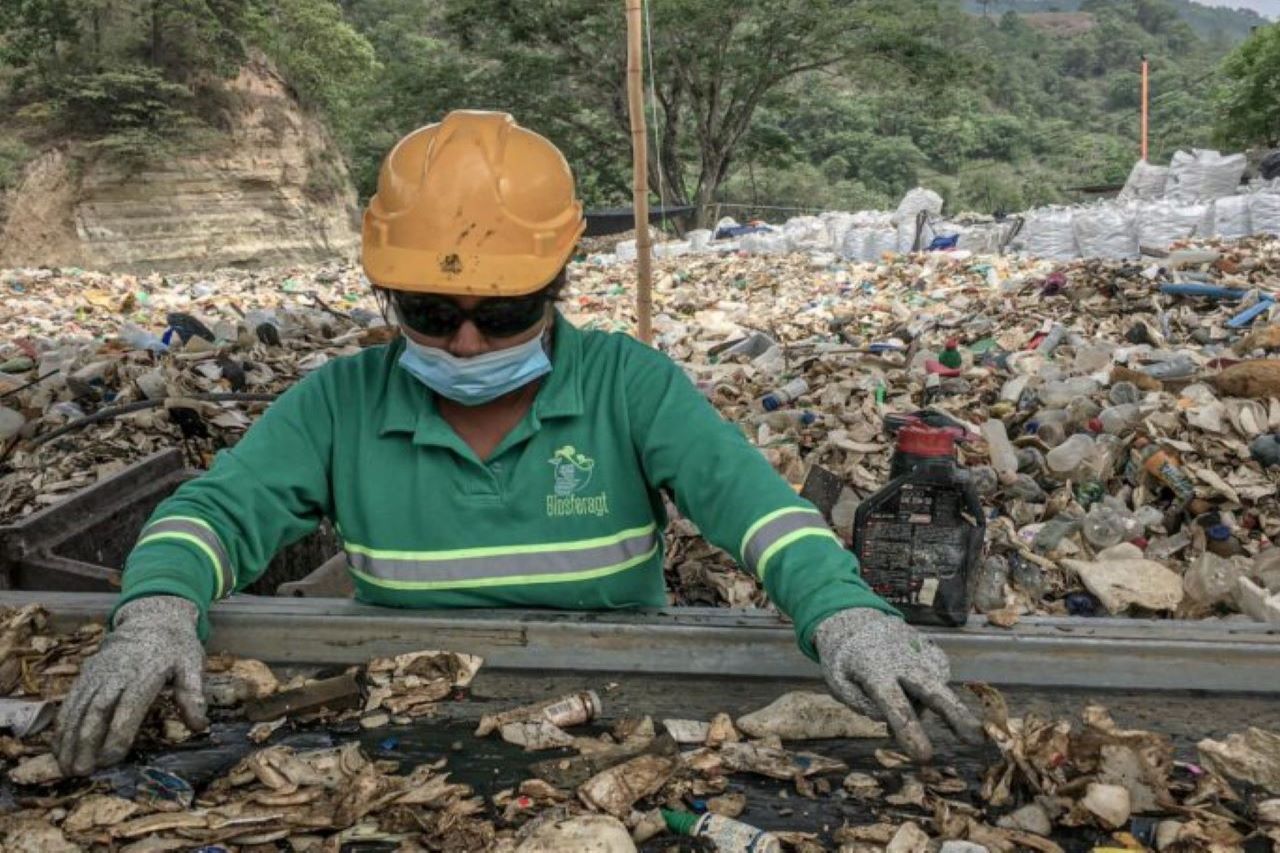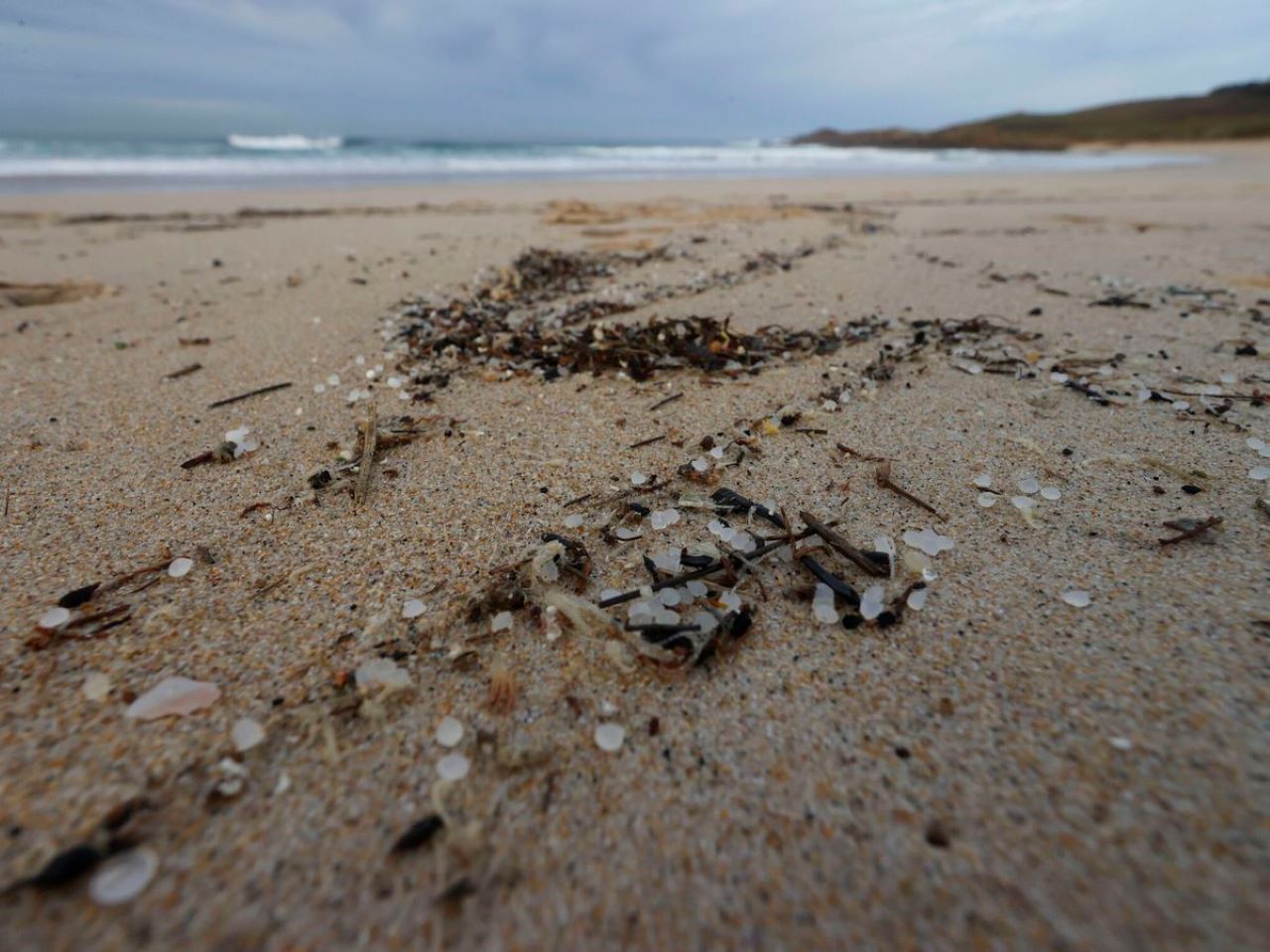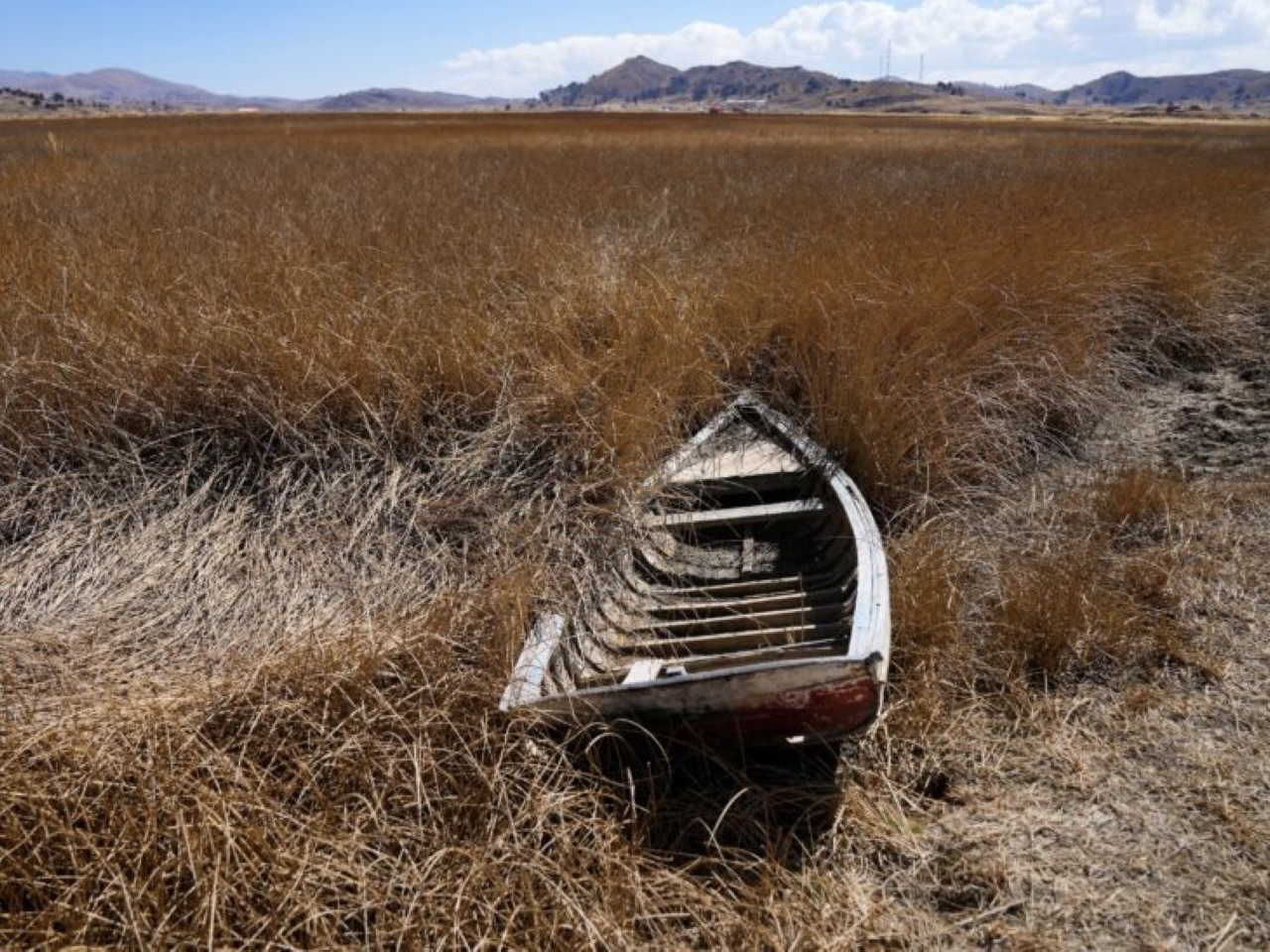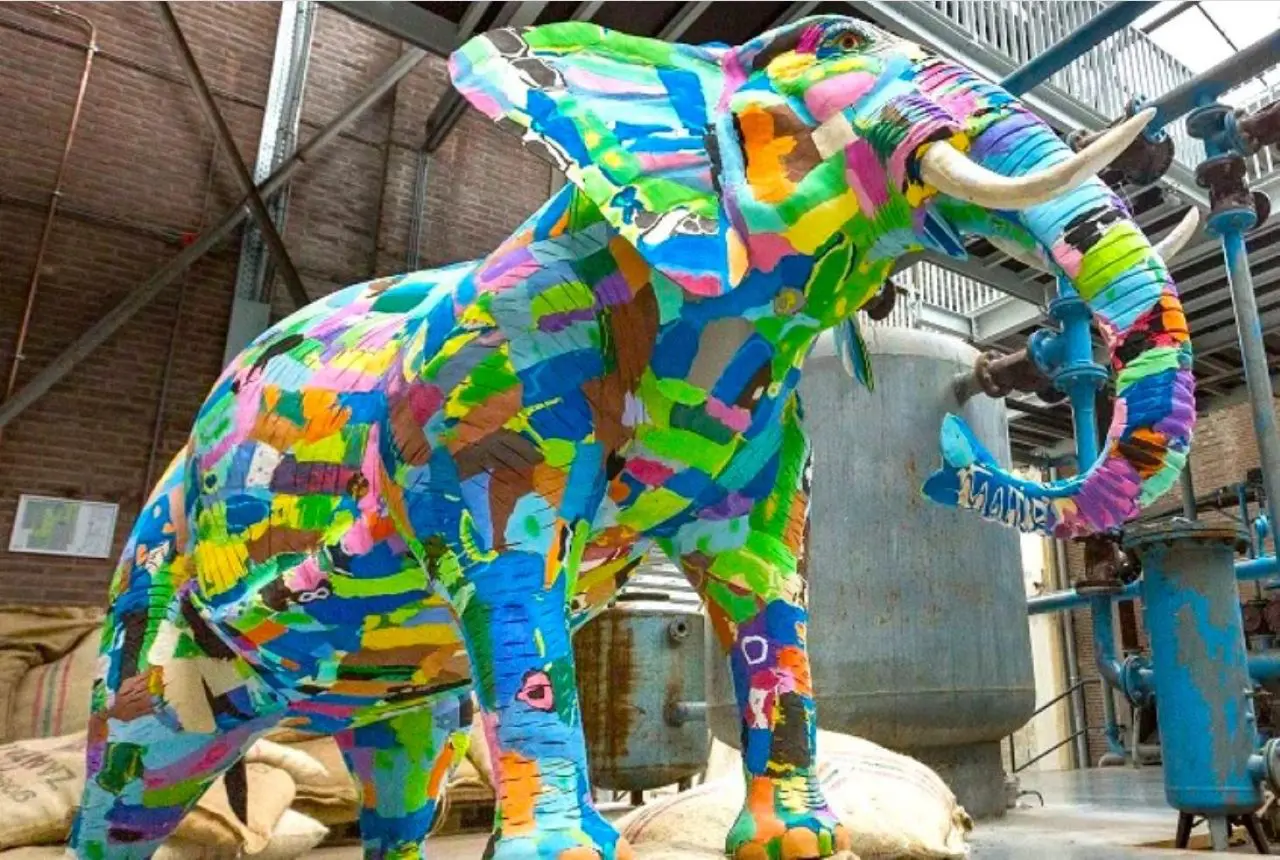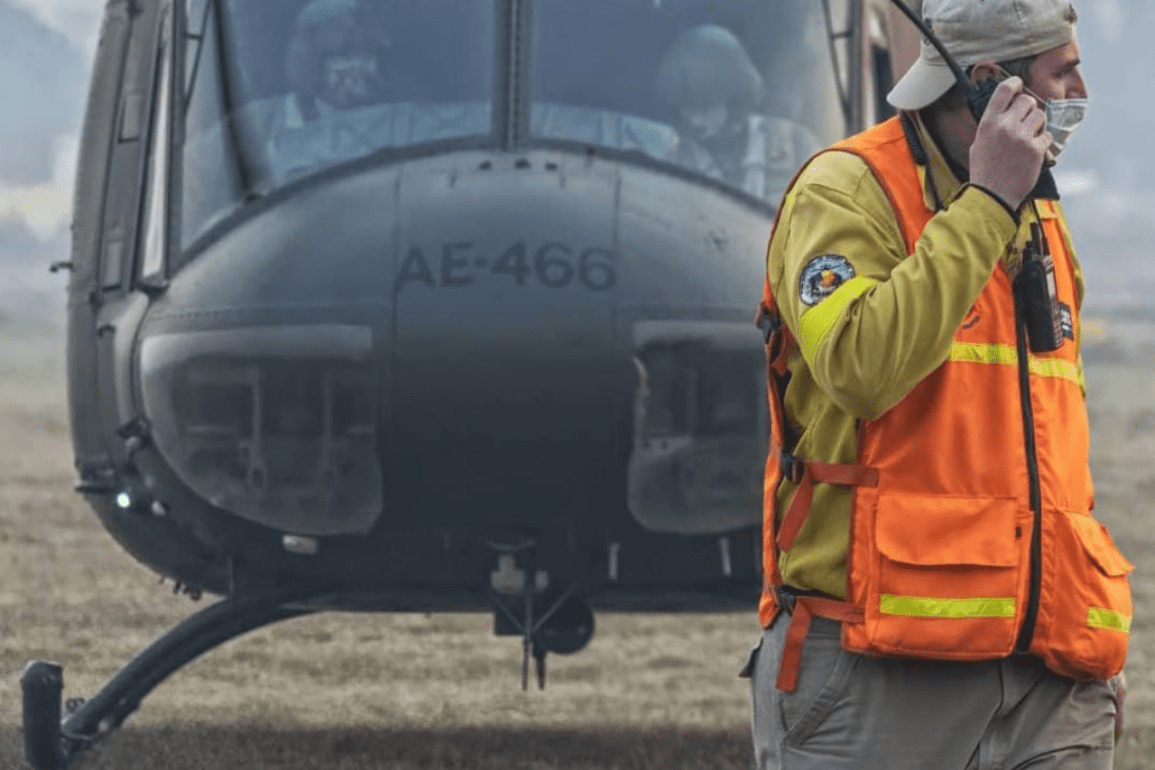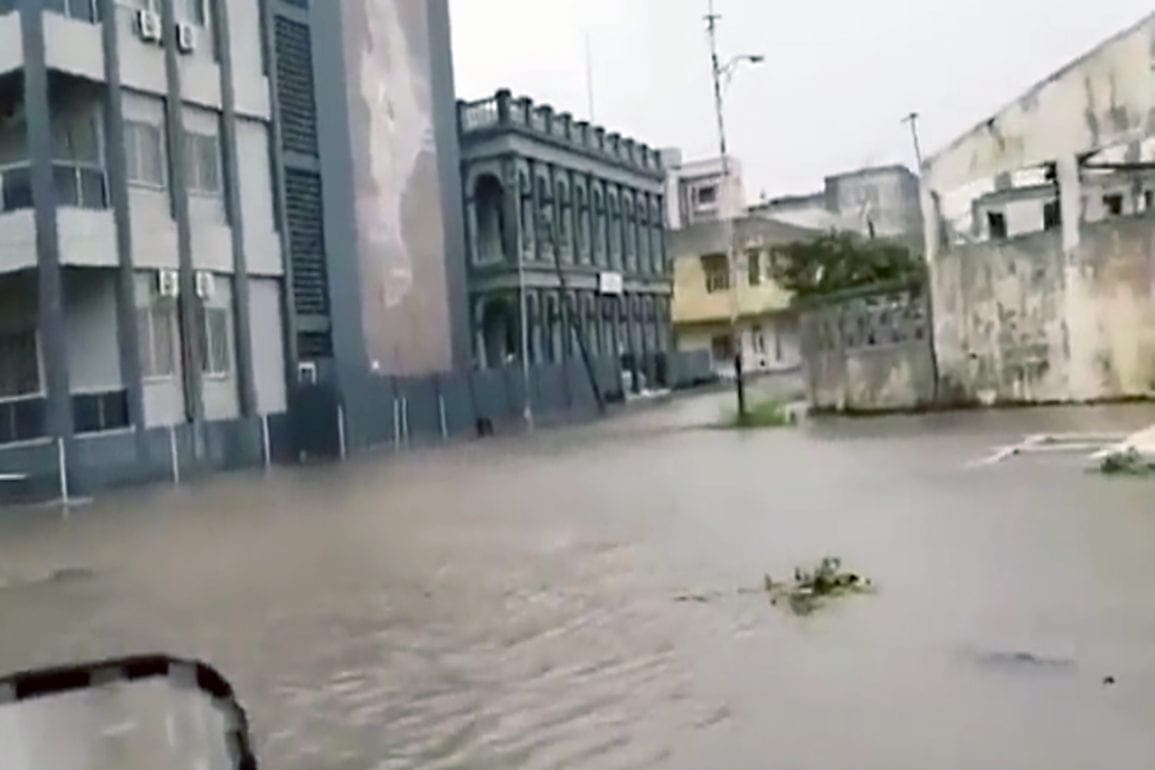160 pilot whales stranded on an Australian beach mysteriously save themselves
As people organized to pull the dead whales out of the water and onto the beach, they circled the massive bodies and prayed, bidding farewell to these majestic creatures. The emotional weight hung heavy in the air.
- 2 years ago
June 28, 2024

GEOGRAPHE BAY, Australia — Early in the morning on April 25, 2024, I received an urgent message from one of our directors. Startled, I picked up my mobile phone. When I heard the news, I froze. A massive stranding of long-finned pilot whales occurred just three kilometers from my home. Without hesitation, I notified the local authorities, grabbed my car keys, and raced towards the beach.
When I arrived, I walked along the sand and witnessed the full extent of the disaster. One hundred and sixty pilot whales lay scattered across the beach, clustered in shallow water, desperately fighting for their lives. The stranded whales stretched along the coastline, covering nearly 500 meters. Some whales had already perished, and I feared more would follow as the morning went on.
Read more environment stories at Orato World Media.
Some pilot whales succumbed despite tireless efforts to save them
Growing up in Busselton, a small coastal town in Geographe Bay, I never saw whales. The whaling industry nearly wiped them out. By the 1960s, several species neared extinction. Blue whales and southern right whales, once abundant, now numbered only a few hundred worldwide. Learning about their plight stirred a deep desire within me—a passion to protect these magnificent creatures.
On April 25, when I arrived at the beach, I encountered an overwhelming and distressing scene. Hundreds of people already gathered there, and the crowd steadily grew. Television crews arrived, and journalists set up their cameras to capture the tragic sight. Witnessing pilot whales struggling for their lives, I steeled myself. The urgency gripped us all, preparing us for the challenging task ahead.
In the water, we tirelessly worked to ease their suffering. We shielded them from the sun and ensured they stayed hydrated. Neighbors, veterinarians, marine scientists, wildlife experts, and our dedicated volunteers from Geographe Marine Research joined forces. We fought to keep the whales afloat, their blowholes above water so they could breathe.
We learned from past incidents that euthanasia was often the most ‘humane’ course of action. Yet, this time, we pushed ourselves to the limit, determined to do everything in our power. Unfortunately, despite our determined efforts, we grappled with grief as some of the whales succumbed. My heart ached, particularly for the smaller ones, their final breaths leaving a heavy burden on my soul.
Amidst prayers and warnings, the stranded whales’ unexpected return astonished the crowd
People organized to pull the dead whales out of the water and onto the beach. They circled the massive bodies and prayed, bidding farewell to the majestic creatures. The emotional weight felt heavy. Hours passed without anyone finding a solution. The Parks and Wildlife officials stepped in, warning the crowd about the potential danger of attracting sharks. They urged people to leave the water. Yet, some remained magnetized by the situation, including small children. I waved my hands, urging them to safety.
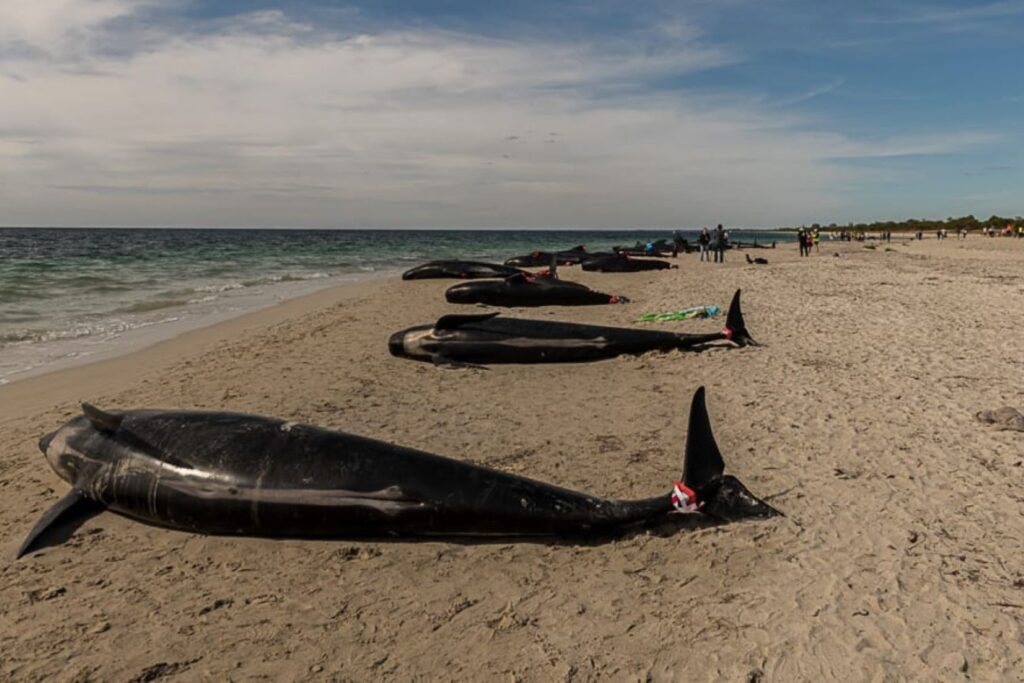
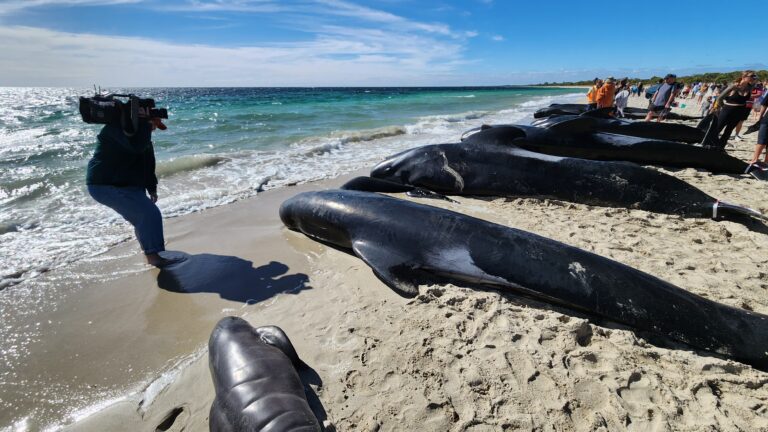
Suddenly, a white-tipped shark appeared nearby, causing chaos as people scrambled toward the shore. Then, almost miraculously, the surviving whales began swimming. The stranded ones turned and swam away as if an unseen force guided them. I watched in awe as I witnessed this astonishing sight. Within minutes, the whales vanished, leaving the crowd captivated. Pods of them sailed along the coast, merging seamlessly with the sea. Amidst it all, the little calf waited for its mother’s return.
Organization seeks community help to gather data and uncover causes of whale stranding
The next day, I returned to the area and found the same calf I saw the previous day. Only two weeks old, the calf became separated from its mother, who likely died on the beach the day before. My heart ached for the calf. Without its mother, it faced impossible odds for survival. Yet, throughout my stay, the little one reamined steadfast, waiting for a reunion that would never come.


Everyone asks the same question: “What drives this behavior?” The answer eludes us. Numerous theories exist, some plausible, others less so. Pilot whales, typically deep-sea dwellers, rarely venture so close to shore. Perhaps their navigation systems faltered, leading them astray. But why do some strandings result in dismal survival rates while others, like this one, yield remarkable success?
As we collect more data, we gradually enhance our understanding in order to manage these events. Our organization used social media to urge those who took photographs to share them. By piecing together a chronology of events, we aim to uncover the triggers that prompted these whales to embark on their own rescue mission.

